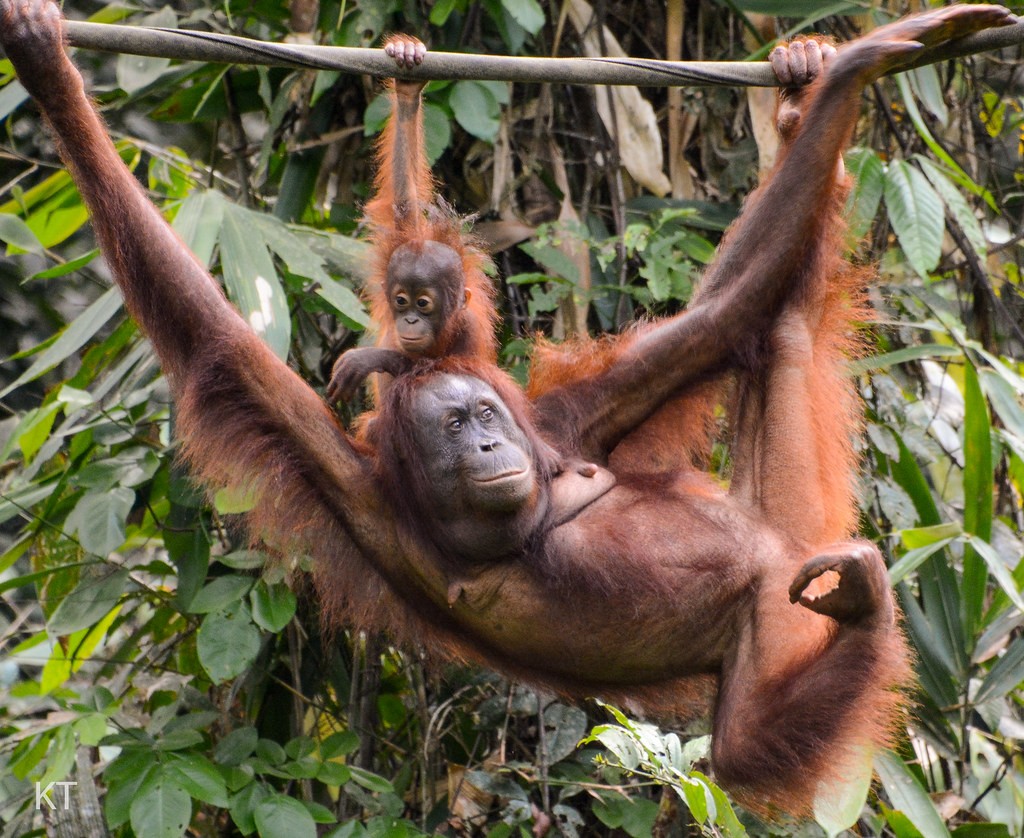Tapanuli Orangutan

Orangutans are often animals high on the list that people wish to see one day. Orangutans are the only great ape that lives outside Africa. While fossils show that at one time, it was found on the mainland of Asia, the Orangutan is now restricted to the islands of Borneo and Sumatra. There are 3 species of Orangutan and their conservation status varies dramatically. The Orangutan was first scientifically described in 1779 by Dutch anatomist Petrus Camper.
The Tapanuli orangutan, was discovered in 2017, It lives in the Tapanuli forest in Sumatra, but is thought to be more closely related to the Borneo Orangutan. It is thought that just 800 remain, in an area covering around 1000 square miles. This is around 9.75% less than the area they would have historically roamed. It is scary when we are only discovering species of this importance when they are this close to extinction. One would think that they Indonesian government would be working as hard as possible to save what habitat remains, but there is a dam being built, which will split this population into 3, and it is quite plausible that they will not survive.
You will find all the articles we have written on the Tapanuli Orangutans below (there will be a video between)
As always, we hope to add many destinations for Orangutans in the near future, do get in touch if you wish to list somewhere in their range. These links will be added below the news sections as we make links.


















